Gaetano Donizetti – his BIOGRAPHY and his PLACES
Gaetano Donizetti a biography in words and pictures.
The places where Donizetti worked and the most important people of his life.
Biographic timetable (Click for more informations)
CHILDHOOD AND YOUTH IN BERGAMO
Donizetti spent his childhood in Bergamo in poor circumstances. Thanks to the support of the director of the church music school, the German Simon Mayr, Donizetti received a sound musical education in Bergamo. After interludes in Milan, he left his native Bergamo for Naples at the age of 24, after having written already 8 operas when he could achieve his first major success in Rome.
Donizetti as a young man:
Simon Mayr:
Bartolomeo Merelli was a school friend and helped Donizetti out with libretti for his operas. Merelli was a theatrical agent and later became the director of La Scala. In this capacity he may be considered the discoverer of Verdi, who had given him a chance twice. The second time was for the libretto to Nabucco, with which Verdi made his breakthrough. Merelli later worked repeatedly with Donizetti, first as impresario of La Scala and second as director of the Kärtnertortheater in Vienna.
Bartolomeo Merelli:
Casa natale (Birthplace)
The Donizetti family lived in poor conditions in the Borgo Canale, the underground apartments of the families who worked for the rich aristocrats. Donizetti lived in these rooms, which can still be visited today, during his first 9 years. The basement has only 2 rooms: a bedroom, where the whole family slept and a lounge and workroom. There are another 2 rooms in the basement, which were used by another family. The visit is short, but very impressive.
Casa natale:
Note opening hours, some open only on weekends.
https://casanatale.donizetti.org/it/
BEGINNING OF THE CAREER AND GALLEY YEARS IN NAPLES
Donizetti spent most of his artistically productive time in Naples. It was the famous impresario Barbaja who brought him to Vesuvius. After his first success in a smaller theater in Naples, he installed him as Rossini’s successor at the famous San Carlo. There, over the next 15 years, Donizetti produced 25 operas for premiere at local theaters. Like Rossini, he also produced for other theaters, and he toured Italy tirelessly, sometimes to escape Naples’ notorious cholera epidemics.
Domenico Barbaja:
In 1828 he married the Roman Virgina Vaselli.
Virginia Vaselli, Donizetti’s wife:
Via Nardones
Donizetti lived in various places in Naples, a commemorative plaque is located at a residence of the year 1837 on Via Nardones 14.
Commemorative plaque of Donizetti:
Musical background: Opera in the shadow of cholera
Naples and cholera go together. Even in 1973, there was still an outbreak in Naples. In 1832, Donizetti wrote his “Elisir d’amore” in Naples and Milan. Superficially, this comedy is about a Tristan persiflage, but it was clear to contemporary theatergoers that cholera plays a role in this opera. Red wine and the “Solanum Dulcamara” (a nightshade plant) were common remedies in the fight against cholera. So it is no coincidence that a certain Dr. Dulcamara sells a bottle of wine to the gullible Nemorino. An ambiguous comedy with a serious background.
Listen and see the performance of Dr. Dulcamara from “Elisir d’amore” stunningly sung by Enzo Dara.
Udite o rustici – Dara
https://opera-inside.com/elisir-damore-by-gaetano-donizetti-the-opera-guide/#Udite
Milan played a minor role in Donizetti’s personal biography alongside Bergamo, Naples and Paris. And yet the northern Italian metropolis was decisive for the career of the Lombard. In 1830 his international career began there with the triumph of his first masterpiece “Anna Bolena” starring the dream couple Giuditta Patsa and Giovanni Rubini.
Two years later he presented himself to the Milan audience with “Elisir d’amore”. When the opera premiered on May 12, 1832, Donizetti experienced one of the most brilliant moments of his career. The ovations from the audience were gigantic, and the reviews in the newspapers were overwhelming. Donizetti thus brilliantly confirmed the success he had achieved with “Anna Bolena” two years earlier. Now he was finally on a par with his friend and rival Bellini, and the two became Italy’s leading opera composers.
The collaboration with the librettist of La Scala in Milan, Felice Romani, was very fruitful. In addition to Donizetti’s two successful Milanese operas, Romani also wrote the libretti for Lucrezia Borgia and Beatrice di Tenda. As the main librettist at La Scala, Felice Romani was not only Donizetti’s librettist, but was also responsible for the most successful operas of Donizetti’s main rival Bellini (Norma, Sonnambula). In total, Romani wrote over 100 opera libretti during his professional career.
Felice Romani:
Donizetti around 1835:
Gian Battista Rubini:
Giuditta Pasta:
Teatro alla Canobbiana
This theater was the premiere site of his “Elisir d’amore”. Donizetti wrote the opera in an incredible 13 days. The time pressure stemmed from the fact that a composer at Milan’s Teatro alla Canobbiana (the city’s popular second theater, along with La Scala) was unable to complete his commissioned work in time, and the theater therefore needed an alternative at short notice. It is interesting to see Donizetti’s autographs of the “Elisir”, because Donizetti wrote out only the vocal lines, in addition he noted the bass lines to indicate the harmonic progression. To this he added remarks on how to orchestrate. The copyist then wrote out the parts and completed the score under Donizetti’s supervision. Hector Berlioz attended one of the first performances of the opera, and he was not very complimentary about the theater business at that time. He had to strain to hear the music above the din of the audience. People were talking to each other, gambling for money, dining, and successfully drowning out the orchestra.
The Canobbiana was renamed the “Teatro lirico” in 1894 and has had a troubled history since then, including a fire in 1937. A renovation has been underway for several years. The opening is planned for 2021 or 2022.
After the devastating fire in 1937:
Teatro alla Scala
5 of Donizetti’s 71 operas were premiered at La Scala. Among them was his Lucrezia Borgia. This piece struggled with censorship in the 19th century and was performed with 6 different titles in its first 10 years; in the 1845 production in Paris, Italians even became Turks (“La rinnegata”).
La Scala honored Donizetti with a statue in the foyer of the theater.
Donizetti bust at la Scala:
DONIZETTI BECOMES THE LEADING OPERA COMPOSER IN EUROPE
From 1830 Donizetti rose to become the leading opera composer in Italy and all of Europe. Bellini died in 1835, Rossini fell silent in 1829 and Verdi’s first successful opera was not born until 1843. The first work to achieve international fame was Anna Bolena, followed by his Elisir d’amore and his best known opera, Lucia di Lammermoor, among others.
In these years, the tenor is transformed into the heroic role. Gilbert Duprez established the “do in petto,” the high C from the chest, in Rossini’s William Tell. With the role of Edgardo in Lucia and Poliuto (in the opera of the same name), Donizetti pushes the role further, culminating in the drama of the death of the famous tenor Adolphe Nourrit in Naples (see below).
Palazzo Barbaja, the tragic defenestration of Naples
In this house, the former Palazzo Barbaja, a bang in opera history occurred on March 8, 1839: the famous French tenor Adolphe Nourrit threw himself to his death from the window. He had come to Naples to sing the leading role in Donizetti’s new opera “Poliuto”, driven out by the new star in the Paris Opera sky the tenor Gilbert Duprez. Duprez was the first tenor to sing a high C from the chest, redefining the role of the heroic tenor. Nourrit, who sang high C from the falsetto, suffered badly from being out-of-fashion in Paris and tried to readjust his voice in Naples. But the attempt failed and he ruined his voice, possibly also because of his excessive drinking. When Neapolitan censors banned “Poliuto”, Nourrit’s hopes for a comeback vanished. Donizetti left in a huff and brought “Poliuto” to the stage in Paris, with … Duprez in the leading role. It was all too much for Nourrit and he called it a day at Palazzo Barbaja, in the busy Via Toledo, jumping out of the window.
Palazzo Barbaja:
Adolphe Nourrit:
A FAMILY TRAGEDY SHAKES DONIZETTI
In 1828, he had married an 18-year-old Roman woman, Virginia Vaselli. Three children they had together were born deformed in the following years, and each died shortly after birth. This was probably due to Donizetti’s lues infection. When his wife died of cholera in 1837, and his parents shortly thereafter, Donizetti had reached the lowest point of his life and tried to bury his pain in work.
In 1839 he left Naples for good, enraged that he had not been given the post of director of the conservatory and that his opera “Poliuto” had been rejected by the Neapolitan censors. His campaign of conquest of the French capital had already begun 4 years earlier.
Teatro San Carlo:
SATISFACTION IN BERGAMO
In 1840, as a celebrated opera composer, he returned to his hometown for a visit, which celebrated its son with a gala opera performance, one of his greatest satisfactions of his life.
Teatro Gaetano Donizetti (Lower city)
The theater dates back to 1800 after having burned down 4 years earlier, after only 6 years of operation. Donizetti had a great personal triumph here in 1840, when the city celebrated him with an opera performance. On the occasion of his 100th birthday, the beautiful theater was named after Donizetti.
Teatro Donizetti:
http://www.teatrodonizetti.it/it/teatro-donizetti-bergamo/
In 2016 it began the tradition of an annual Donizetti Festival in November, which has gained an excellent reputation within a short time.
https://www.donizetti.org/en/festival-donizetti/
PARIS BECOMES DONIZETTI CITY
In 1835, Donizetti had visited the city for the first time at Rossini’s invitation, and his works enjoyed growing popularity. His first major highlight in the French capital was his triumph with the French version of “Lucia de Lammermoor” in 1837, after which Donizetti took the city by storm. If he began his Paris career at the Théâtre des Italiens, after 1837 he expanded his activities to the Grand Opéra and the Théâtre de la Renaissance.
With the “Fille du régiment” he took the fourth and last bastion of the Paris opera scene, the Opéra Comique. This led to Donizetti being able to realize opera projects in all four of the city’s opera houses in 1840/1841! Hector Berlioz wrote jealously in a newspaper: “Mr. Donizetti seems to want to treat us like a conquered country, it is a real war of invasion. We will no longer be able to speak of the lyric theaters of Paris, but of Donizetti’s theaters!” Donizetti was capable of writing simultaneously in four different styles for each theater, a true musical chameleon! He was at the peak of his creative powers and the greatest active opera composer in the world.
Donizetti wrote several operas for Paris, including “Don Pasquale” or “Dom Sébastien”, but his most lasting success was his “Fille du régiment”. The effect that opera, with its patriotic pieces, had on the French for decades is astonishing. It was on the schedule of French opera houses for many decades on the Quatorze Juillet and, like the Marseillaise and fireworks, was part of the national holiday. The “Salut à la France” was for a long time the unofficial national anthem of the French (see also the comments and the link to the “Salut à la France” below).
Saddening was the end of Donizetti. His advanced syphilis affected his health more and more, so that he had to be locked up in a sonatorium near Paris for 18 months. He was then taken to Bergamo where he later died mentally deranged.
Théâtre des italiens:
Palais Garnier
Unfortunately, there are hardly any historical sites dedicated to Donizetti in Paris, but at least the Palais Garnier, built in 1875, commemorates the Italian composer with a bust on its north façade.
Donizetti’s bust at the Palais Garnier:
Musical Background: the patriotic «Salut à la France» from «La fille du régiment »
At this point, the name of Lily Pons should not be missing. She was one of the great MET divas of the 40s and 50s. French by birth and naturalized American, she became involved with concerts on the front lines during World War II. Her performance at the New York Met on December 29, 1940, after the occupation of Paris, became famous. With Roosevelt’s permission, she waved a flag of the French tricolor and sang the Marseillaise in a performance of “Fille du Régiment” . The audience stood up and enthusiastically saluted this patriotic act.
VIENNA BECOMES DONIZETTI CITY
Donizetti was in Vienna several times from the 1830s, sometimes even holding official functions. Vienna adored the Italian and and Richard Wagner enviously called Vienna “Donizetti City”. In 1842/43, Emperor Ferdinand appointed him “K.k. Kammerkapellmeister und Hofkompositeur” and he took care of the Italian program at the Kärtnertor Theater for two seasons, including staging the first Viennese Nabucco, at whose premiere in Milan he was present and deeply impressed.
Vienna later honored Donizetti’s work with a large bust in the State Opera House and in 2005 with a commemorative plaque at Wipplingerstrasse 5.
Historical photo of the Kärntertortheater shortly before demolition:
MENTAL DERANGEMENT AND DEATH
Saddening was the end of Donizetti. His advanced syphilis affected his health more and more, so that he had to be locked up in a sonatorium near Paris for 18 months. He returned to Bergamo 25 years afterhis departure as a seriously ill and mentally severely deranged patient. The illness was due to his severe, advanced gonorrhea. In 1848 he died in Bergamo at the age of 51.
Donizetti 1847:
Santa Maria Maggiore (Upper city)
Diese Basilika ist sehr ungewöhnlich gebaut und wurde aus Dankbarkeit nach der Pest-Zeit des 12 Jahrhunderts erstellt. Donizetti und sein Lehrer Simon May haben darin ein Ehrengrab erhalten. Sein Sarg wurde drei Tage nach seinem Tod von 3 Chören und 400 Fackelträgern feierlich zur Grabstätte begleitet und im Friedhof von Valtesse bestattet. 1875 wurde sein Leichnam in die Kirche Santa Maria Maggiore in der Kirche neben dem Sarg seines Lehrers Simon Mayr zur Ruhe gelegt.
Das Grabmal Donizettis ist eines genaueren Blickes würdig. Im oberen Teil sehen wir die Göttin der Musik mit einer Leier. Sie ist traurig, denn sie kann sie nicht mehr spielen, denn das Instrument hat keine Saiten mehr, weil Donizetti gestorben ist. Im untern Teil sehen wir sieben Kinder, die die sieben Noten darstellen. Sie sind aufgelöst, weil sie ohne Donizetti nicht mehr wissen, was sie tun sollen.
Basilica Santa Maria Maggiore:
Donizetti Factsheet
Where was Donizetti born?
In Bergamo
What was his wife's name ?
Virginia Vasalli
In which places did Donizetti live?
Bergamo, Bologna, Naples, Paris
What were his most important works?
Donizetti's most important works were all operas. With Anna Bolena and Elisir d'amore he made his breakthrough, with Lucia di Lammermoor he became the leading opera composer and with la Fille du régiment he also became a great composer for France. With Don Pasquale he succeeded in writing a second great comedy.
Where did Donizetti die?
In Bergamo
Where is his grave?
In the Bergamo church of Santa Maria Maggiore
How old did Donizetti become?
50 years
What was the cause of Donizetti's death?
Donizetti's poor mental condition was due to untreated lues (though medical evidence is lacking). He suffered a stroke before his death and was unable to eat. He died a week later
What was the date of Donizetti's death?
April 8, 1848
Who was Donizetti's most important rival?
Donizetti competed with Vincenzo Bellini throughout his life. Their relationship was friendly.
With which artists did Donizetti get along particularly well?
Donizetti held Rossini's music in high esteem and met him frequently in Paris. A high point of their mutual artistic appreciation was Donizetti's conducting of the Italian premiere of Rossini's Stabat Mater in Bologna
Which were Donizetti's children?
Donizetti's 3 children all died after a few months, which in all likelihood was due to his lues.
What were the names of Donizetti's librettists?
Donizetti had written over 70 operas and had a variety of librettists. His collaboration with the librettist of La Scala in Milan, FELICE ROMANI, was very fruitful. In addition to Donizetti's two Milanese success operas Elisir damore and Anna Bolena, Romani also wrote the libretti for Lucrezia Borgia and Beatrice di Tenda (a total of about 10 operas). At the beginning of his career BARTOLOMEO MERELLI was an important reference with 4 libretti. During his career, Donizetti often worked with DOMENICO GILARDONI, who wrote him about a dozen libretti (which were generally considered to be weak). In the second half of his career, the Neapolitan SALVATORE CAMMARANO became an important librettist (about 10 operas)


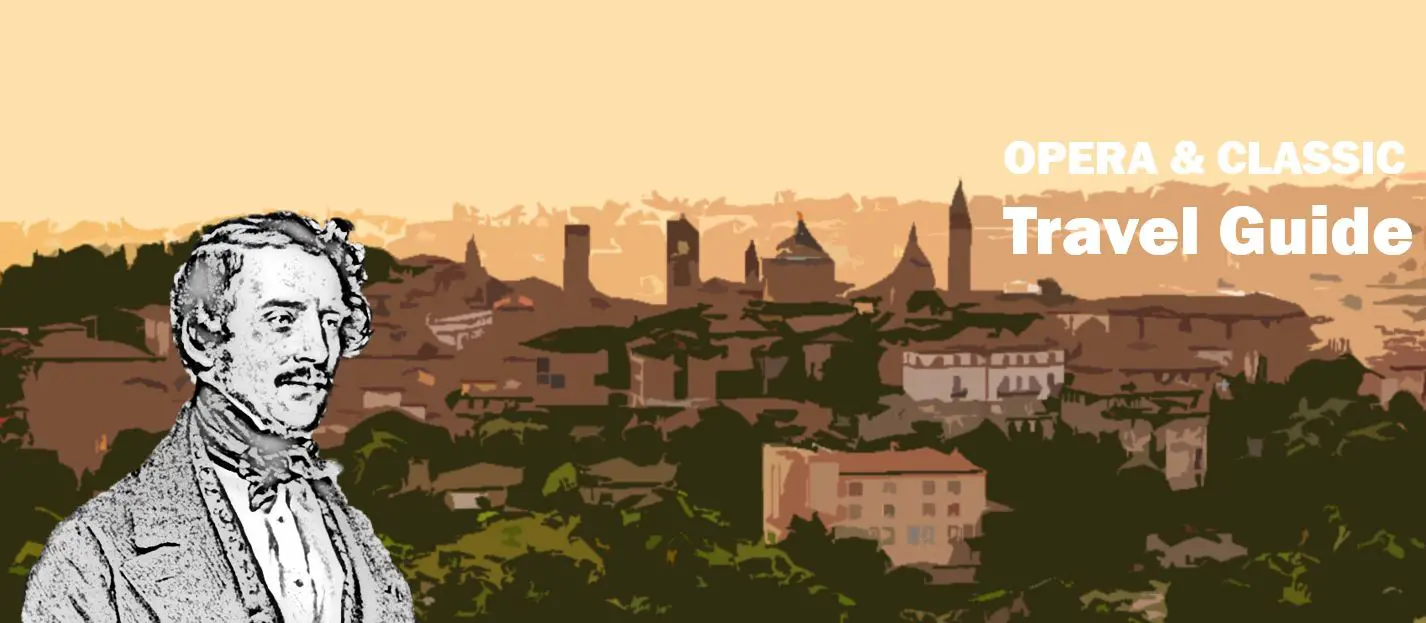
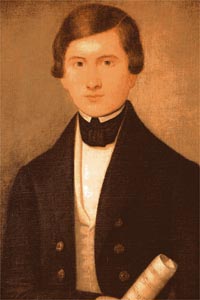

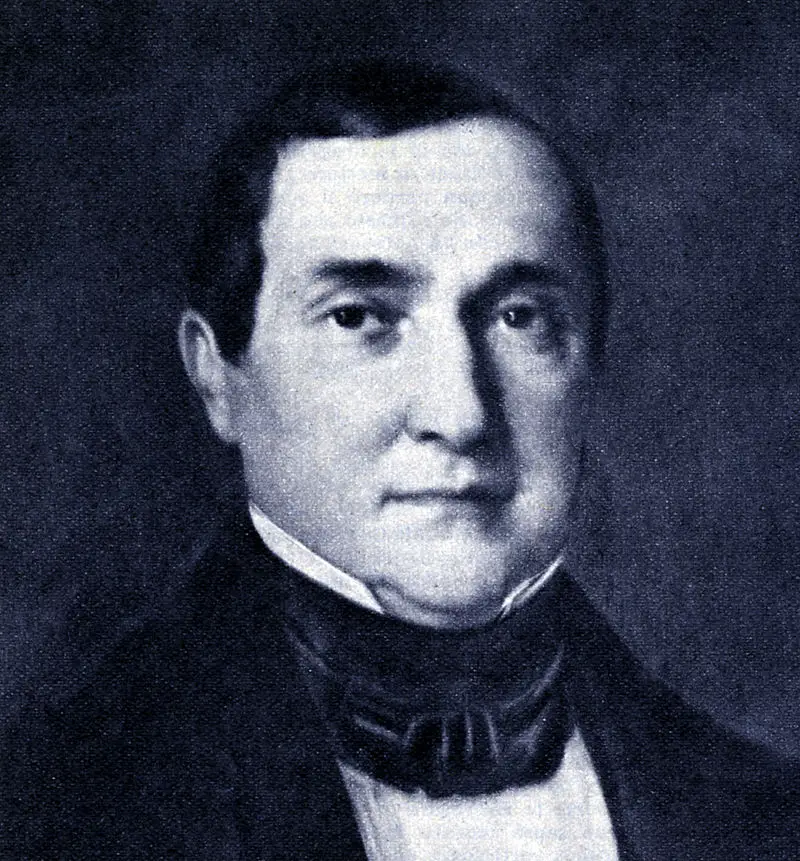
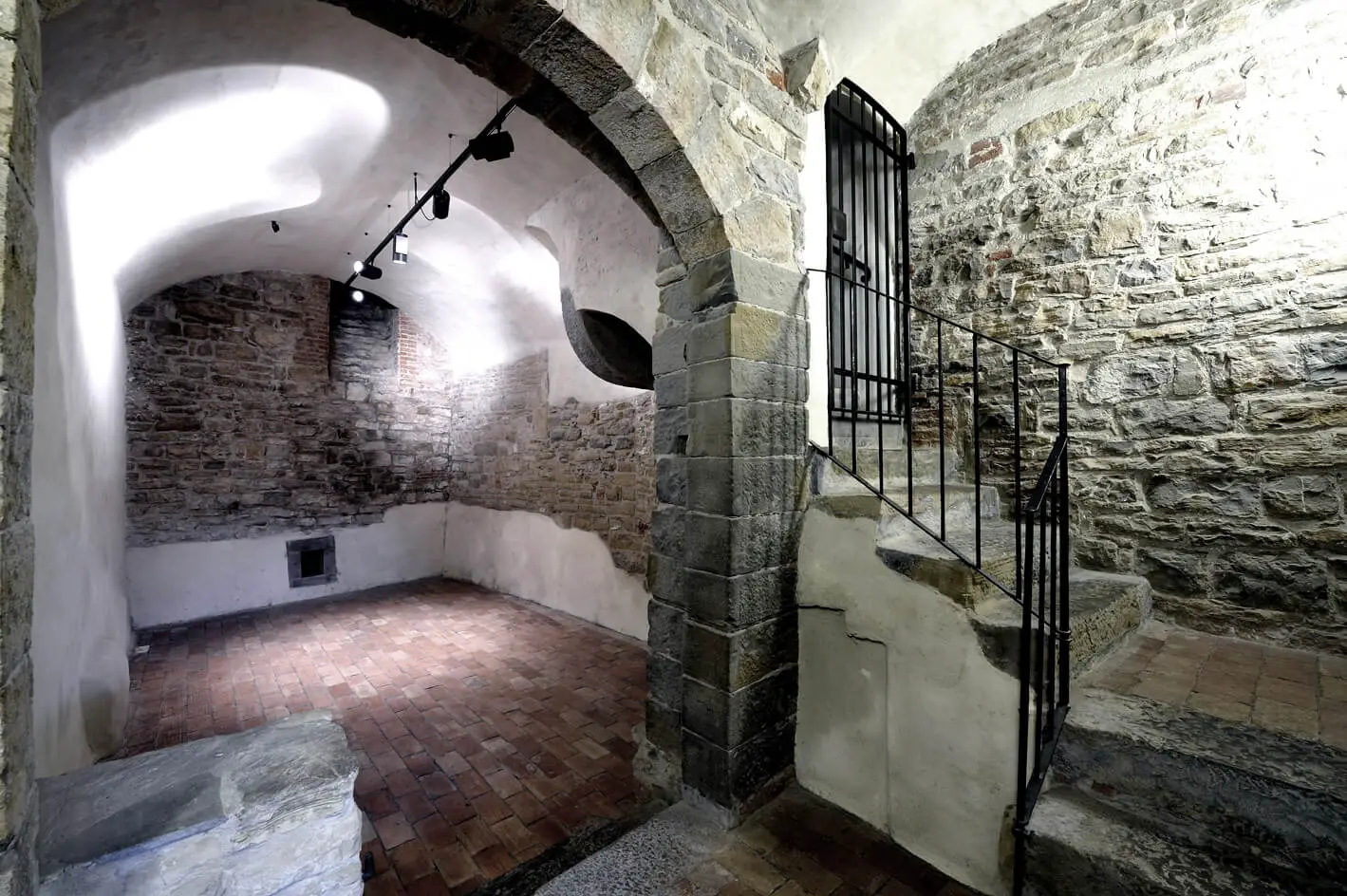

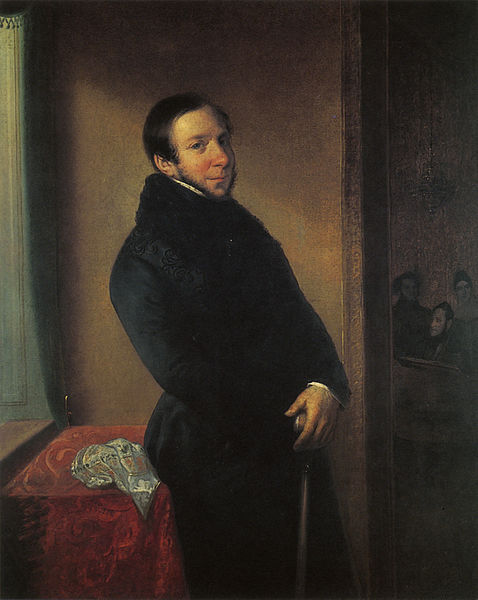

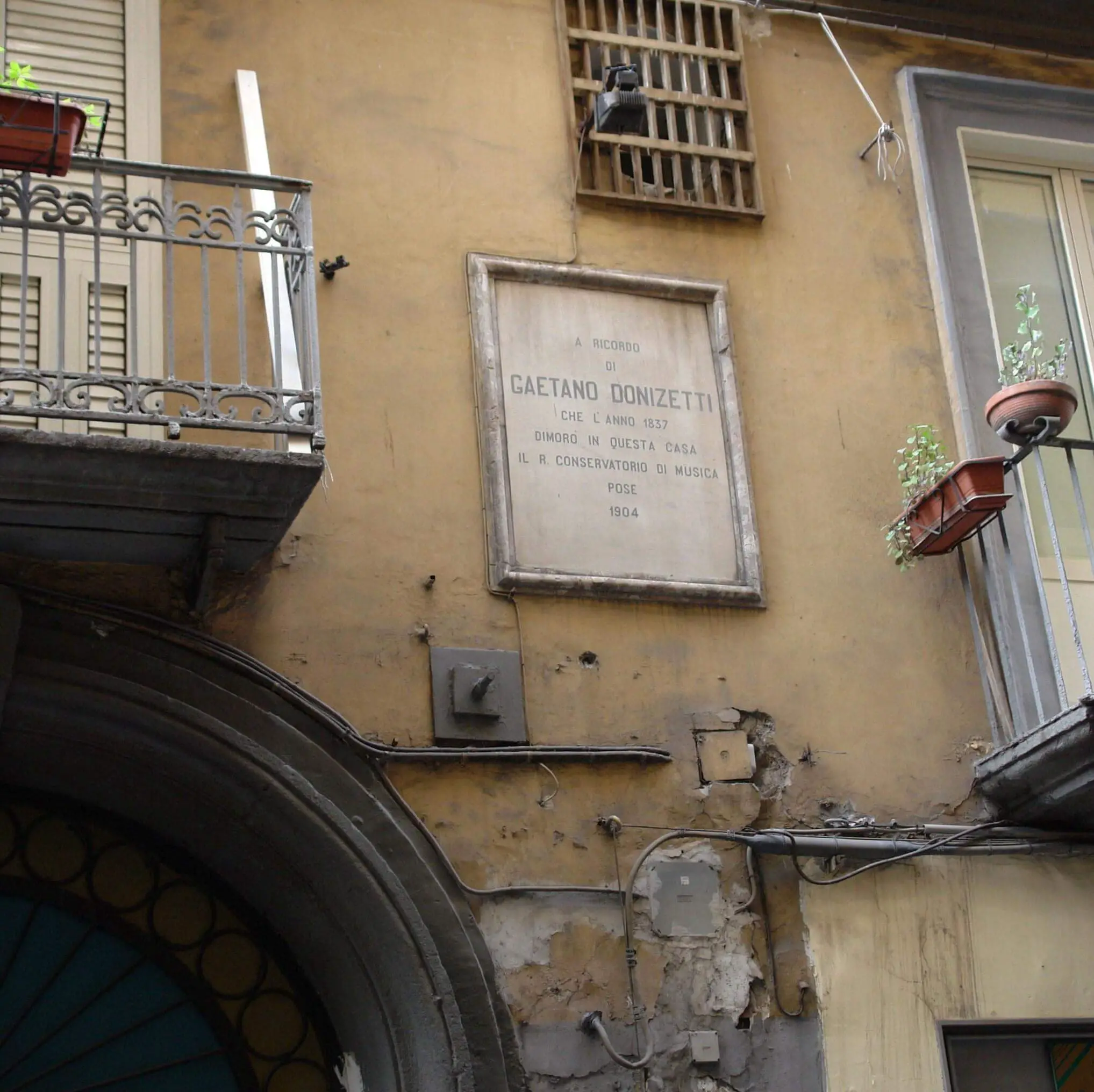
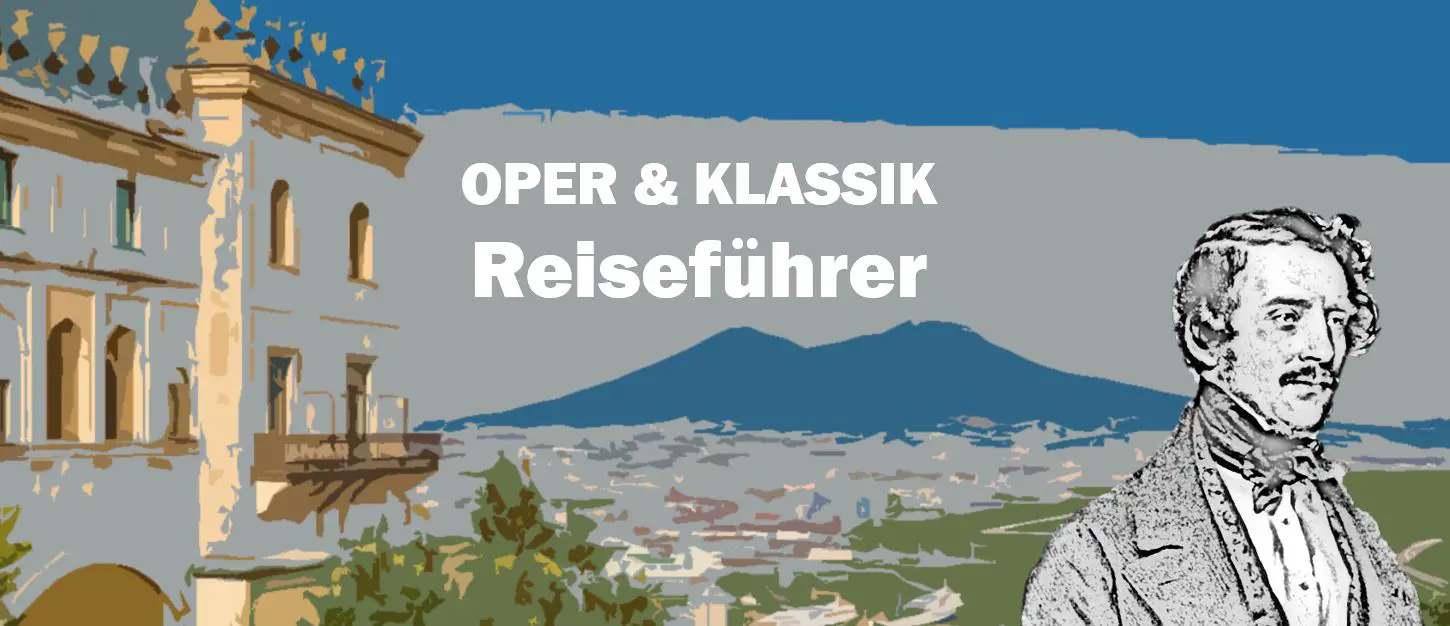
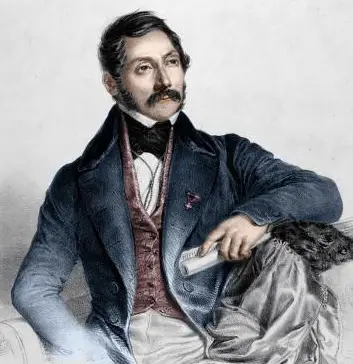
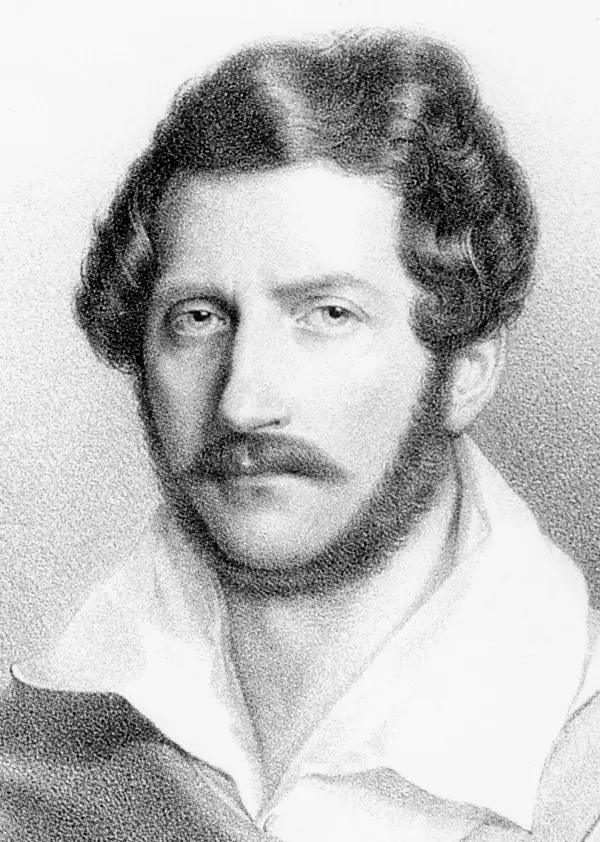
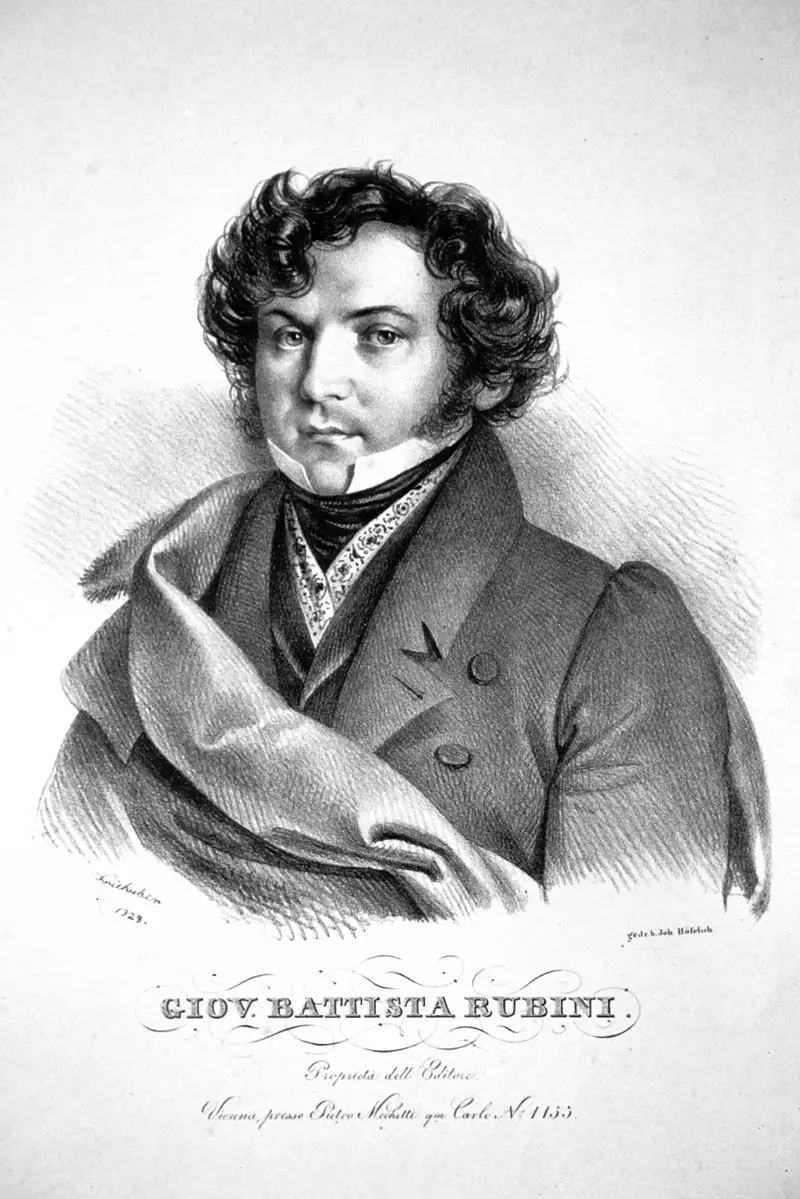
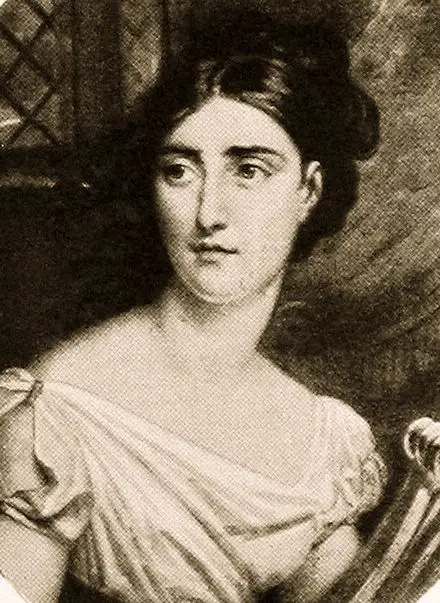
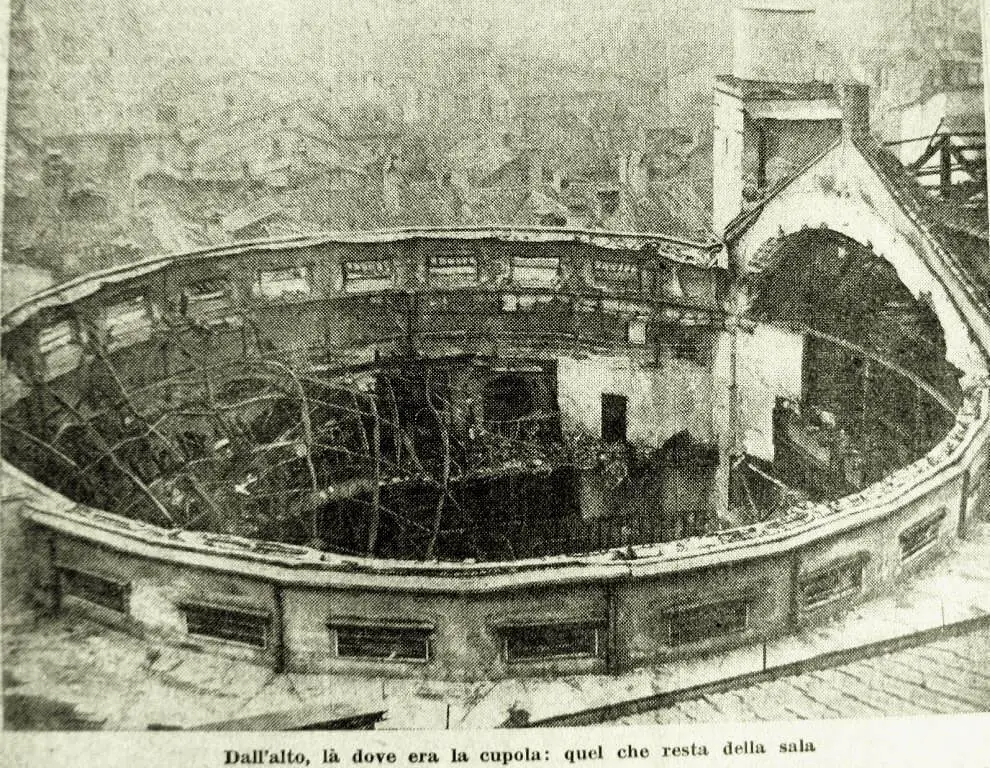
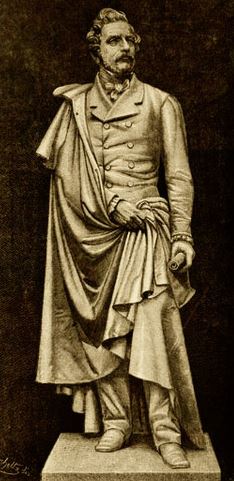
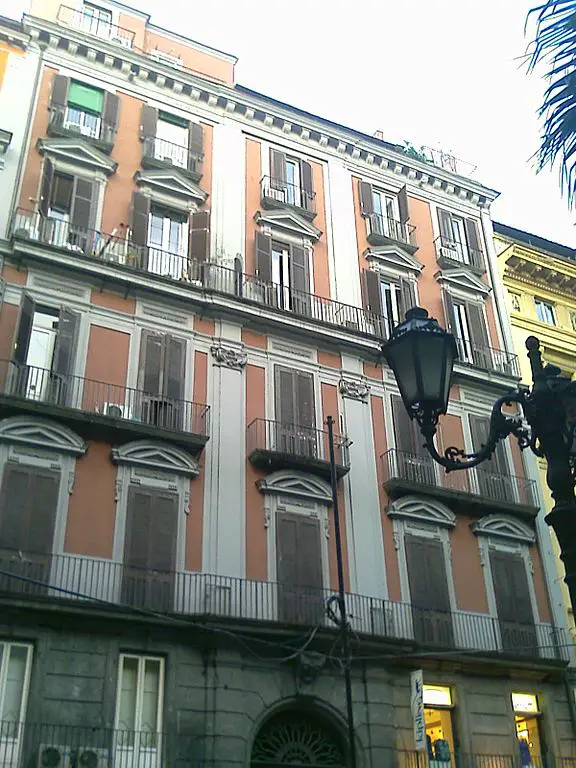
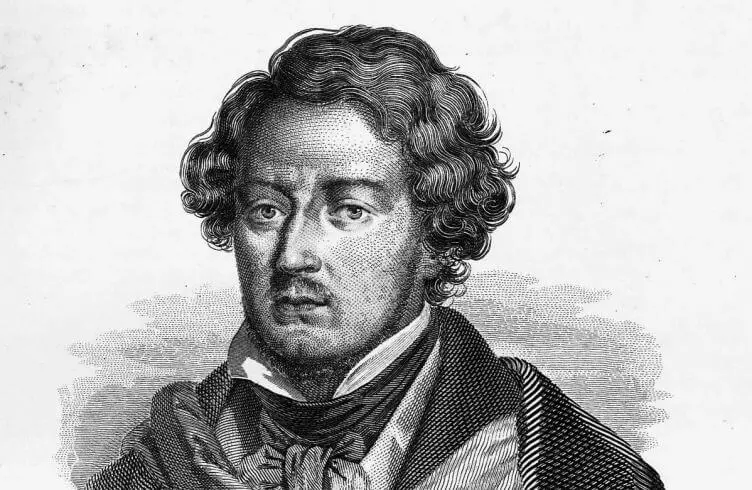
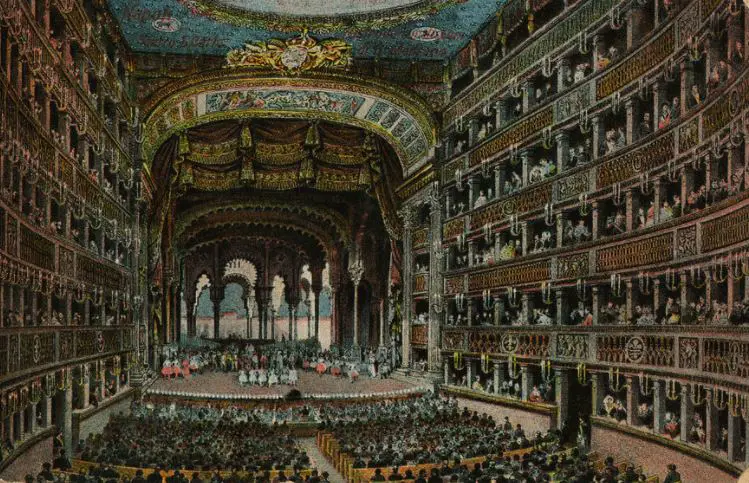
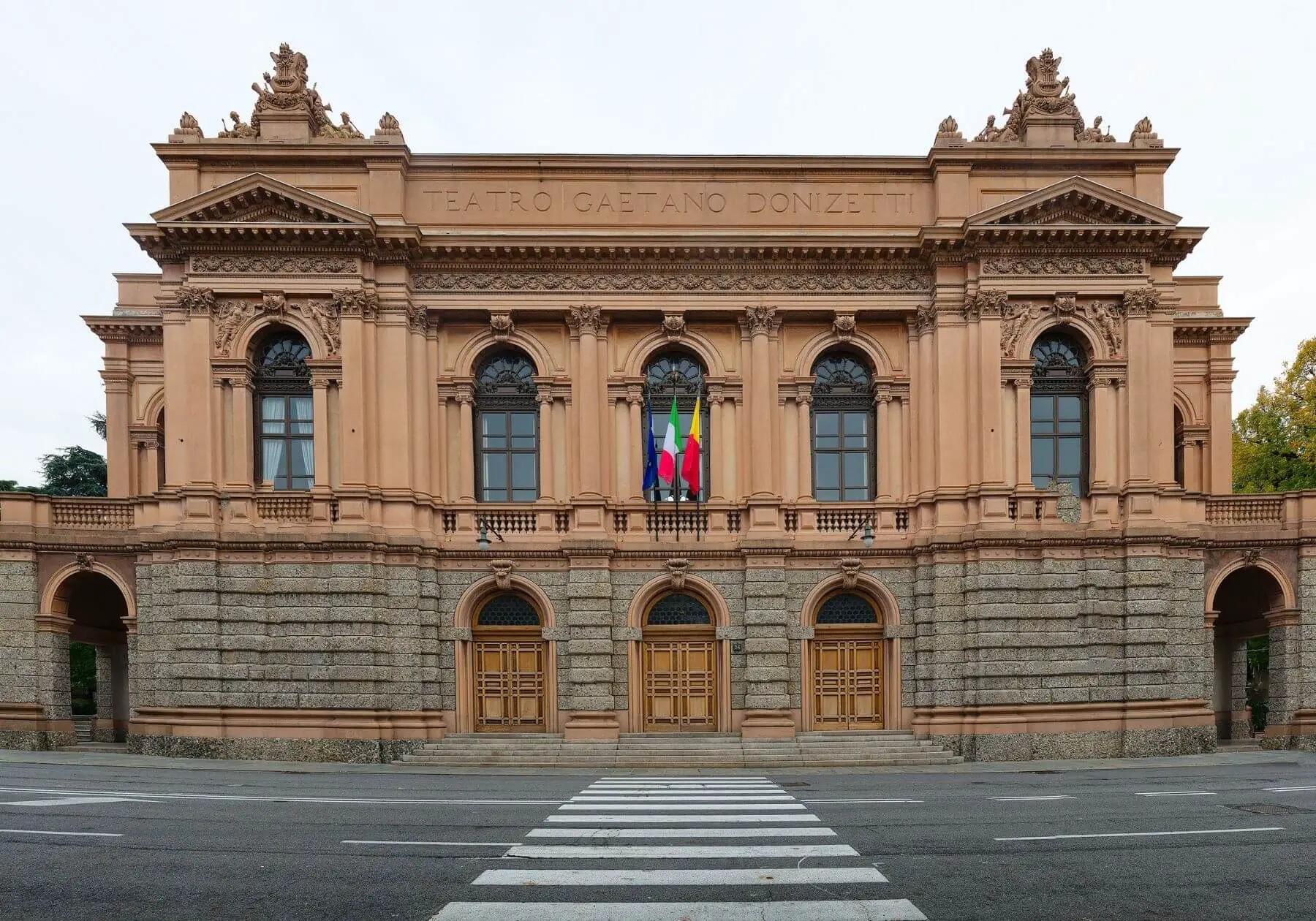
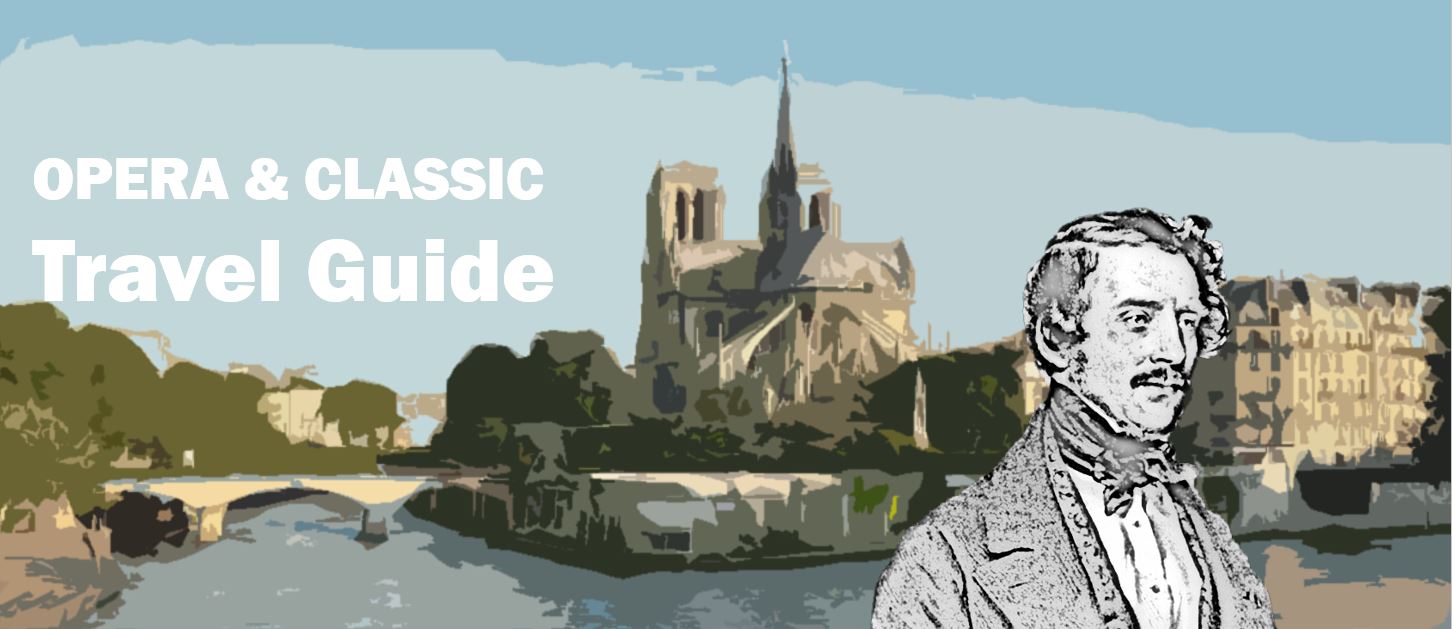
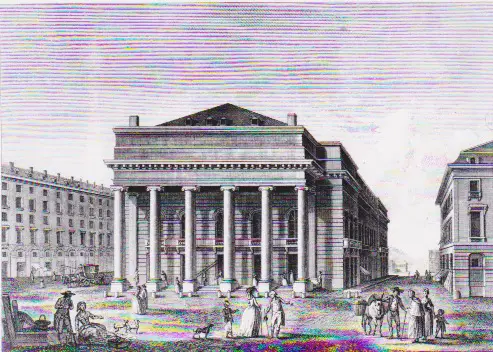

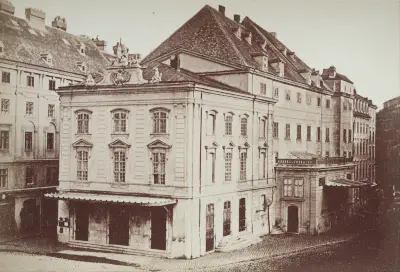
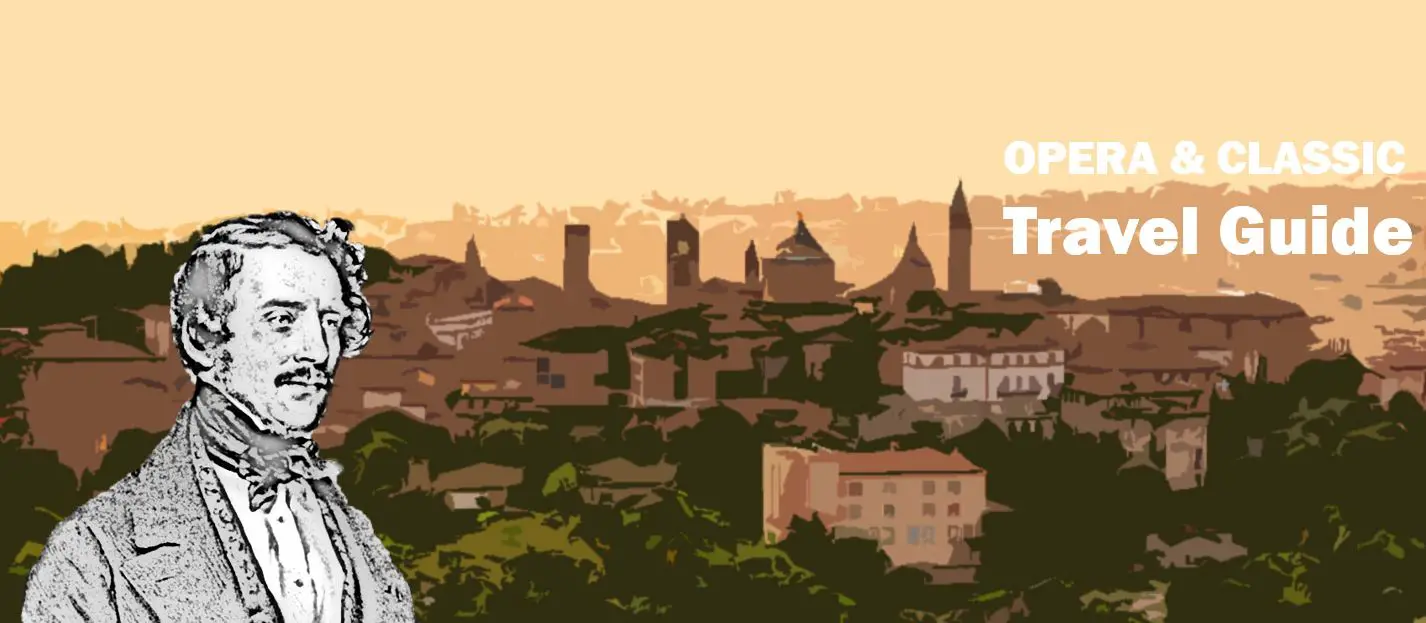
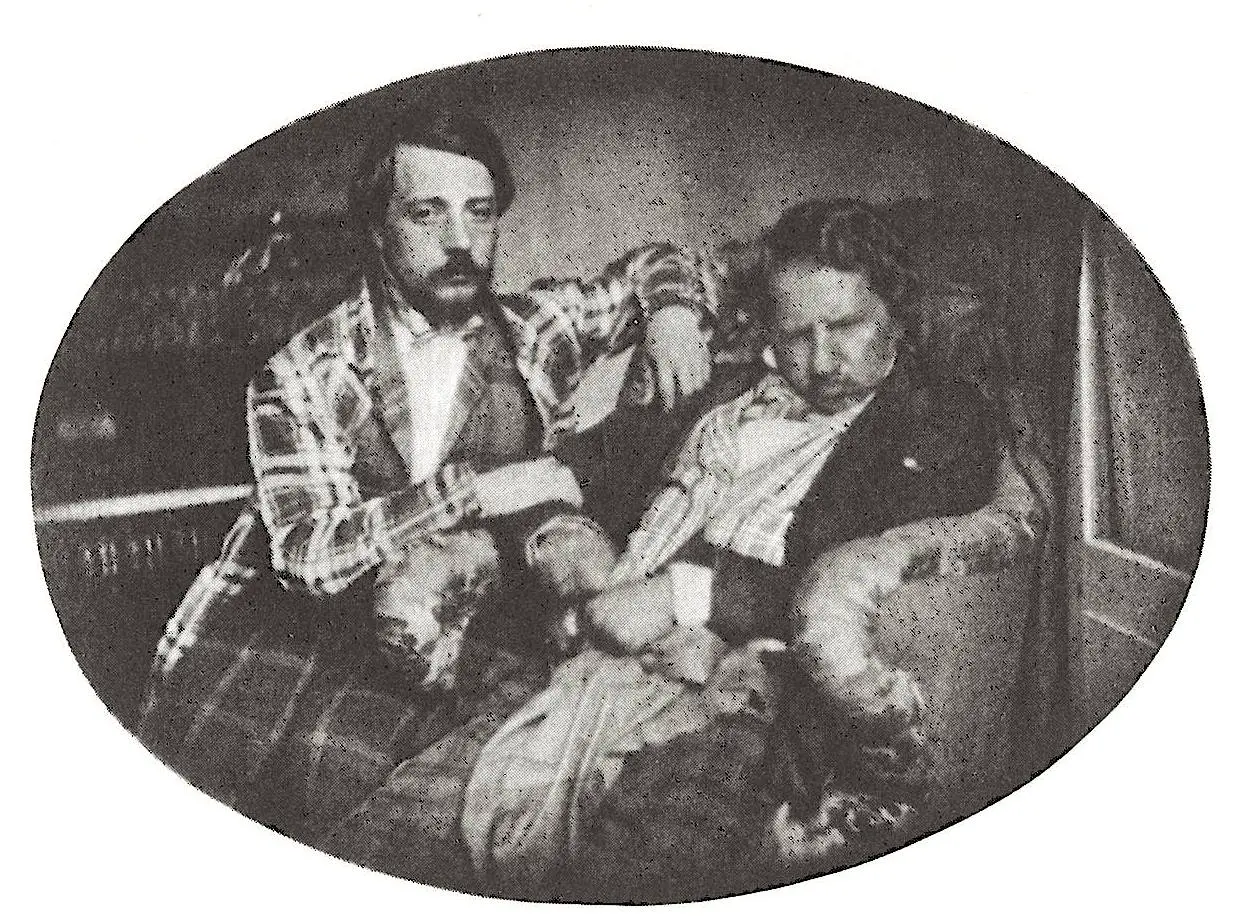
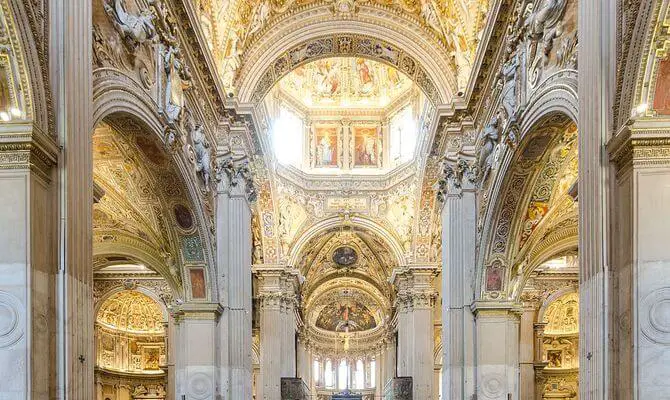


A very interesting article, thank you.There is something that’s not quite correct – Lues infection is another name for Syphilis not Gonorrhea. For his children to be born deformed, they likely had congenital syphilis, so Donizetti had to have infected his wife for this to happen. What a sad personal story he had.